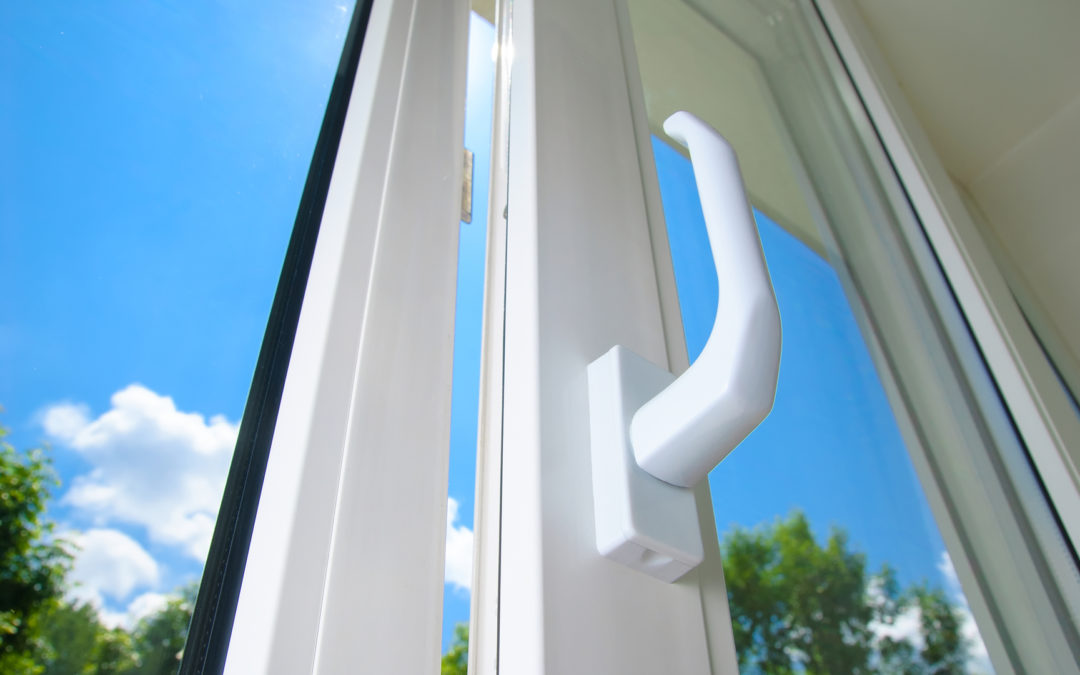Replacing windows can be a painstaking process that may seem to last for an infinite duration. However, there are several considerations that need to be made for replacing windows for your home or office. Taking these considerations into account can streamline the process and help customers save both time and money in identifying the appropriate product or solution for their window needs. Here are three factors to consider when replacing your windows.
Materials
Materials are a huge component of the selection process. Fiberglass or vinyl? Aluminum or wood? All this must be taken into consideration, as materials directly affect costs.
Fiberglass:
- Known for excellent durability
- Equipped with capability to withstand harsh weather climate
Vinyl:
- relatively cheaper
- can still provide some energy efficiency
Wood:
- refined and elegant look
Aluminum:
- bulkier
- firm and strong
Each of these materials offer positives and negatives, and cost/benefit analysis is essential before moving forward with any product installation.
Budget
It may go without saying but we’ll say it anyway: don’t purchase a window you can’t afford. Always stay within your budget. When purchasing a window, it is imperative to first identify how many windows are needed. Windows often range in price from $200 to $1000. So if your budget is allocated for $1000 and you need to replace five windows, you may wish to opt to a lower-end serviceable product. Conversely, if necessity were minimal and only one aperture were needed, you may want one high quality window.
Also, consider adding a warranty if one is not provided. Additionally, installation costs must be accounted for as well. In some instances, window replacements are eligible for a federal tax credit and can help buyers ease the burden of the cost.
Always keep in mind: you get what you pay for. While you may save money initially on an economic product, it may save you more over the long term to purchase a higher-quality yet more expensive product. Vinyl is typically cheaper than fiberglass, but fiberglass is often offered at fair prices and is accredited with a longer life-cycle than vinyl. Over the course of a lifetime, fiberglass may in fact pan out to be cheaper than the vinyl. This can be substantiated when included warranties, minimal repairs and more frequent installations are considered over a longer period. Nevertheless, it is essential to establish a budget and diligently adhere to it. Shopping around at different retailers can also provide the most optimal results in cost reduction and savings.
Design Preferences
Purchase a window that corresponds with the architecture, personality and overall aesthetics of your home or office. It is also important to decide which type of window you are looking for. Are you looking for a single hung or a double hung? A glider or an awning? Each are best suited for different rooms or areas of any home or office. For example, a glider is a great choice for a furnished cellar or basement but may not be the best choice for a bedroom in a Colonial-style dwelling. On the other hand, a bay window may be a great choice for a spacious living room where both guests and residents are hoping to immerse themselves in a panoramic view of the landscape, from the comfort of home.


